Africa’s vast wilderness areas contain some of our planet’s most extraordinary wildlife spectacles. These natural theaters showcase evolution’s masterpieces—creatures perfectly adapted to environments ranging from arid deserts to lush wetlands.
For those dreaming of their first safari experience, the continent offers an overwhelming array of destinations, each with distinct ecosystems, wildlife populations, and visitor experiences. The word ‘safari’ comes from Swahili and means ‘journey,’ and your first African wildlife journey deserves thoughtful planning.
Here is a list of 15 exceptional safari destinations that provide unforgettable experiences for those venturing into Africa’s wilderness for the first time.
Masai Mara National Reserve, Kenya
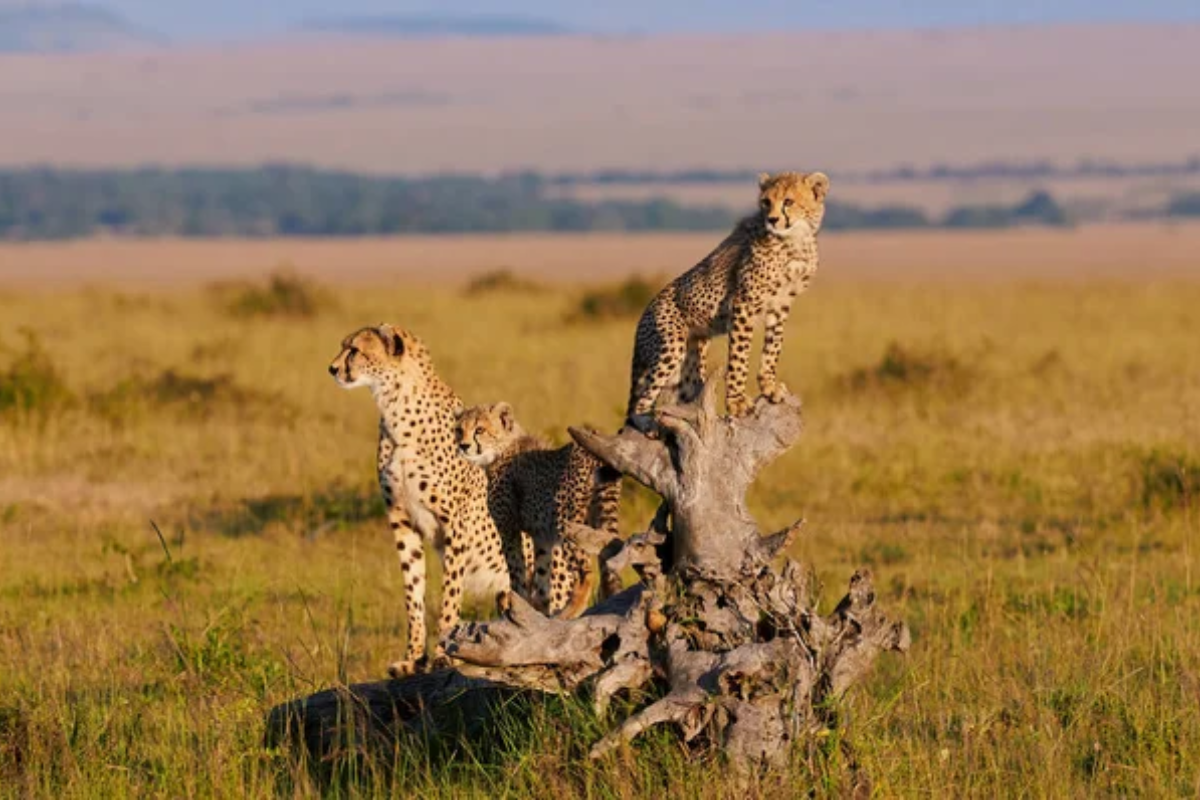
This northern extension of Tanzania’s Serengeti forms the stage for one of nature’s most dramatic performances—the Great Migration. Between July and October, nearly two million wildebeest, zebra, and gazelle cross from Tanzania into Kenya creating breathtaking river crossings where crocodiles await.
Beyond migration season, the Mara maintains impressive year-round wildlife density, including all Big Five animals (lion, leopard, elephant, buffalo, and rhino). The open savanna landscape provides exceptional visibility, making wildlife spotting relatively easy, even for safari novices.
Serengeti National Park, Tanzania
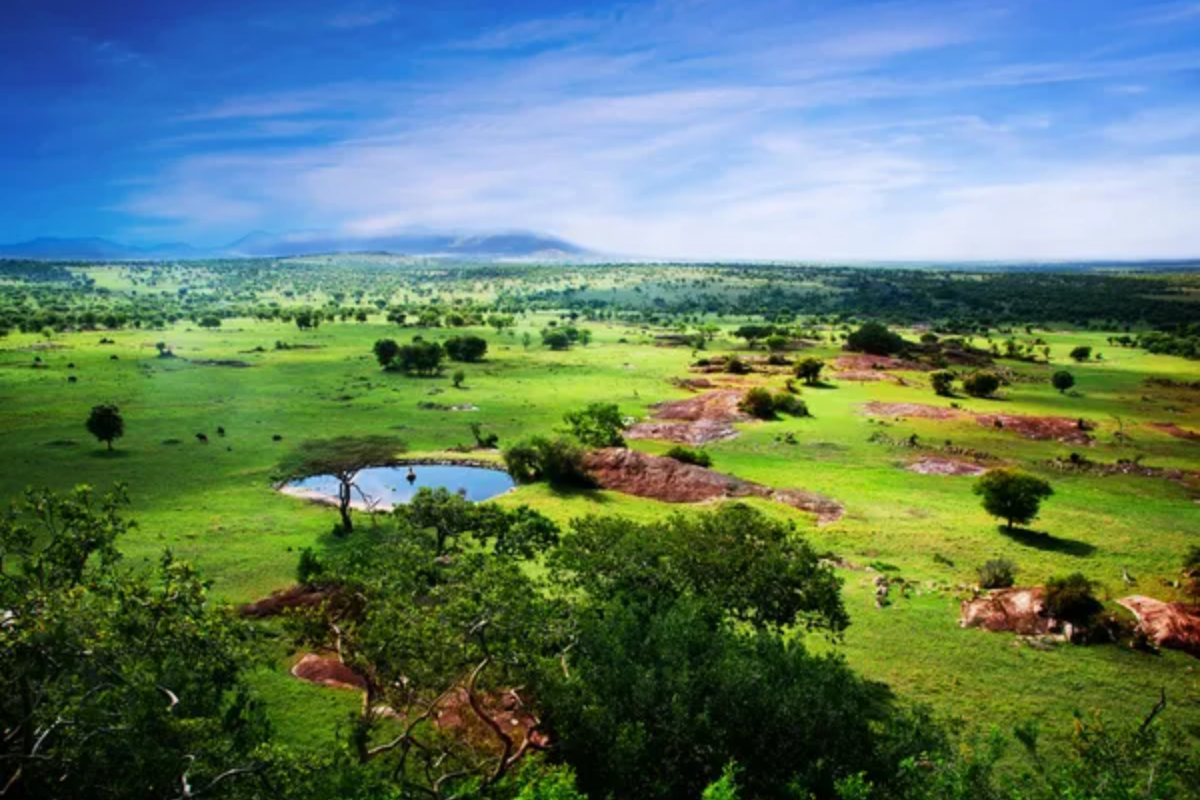
Few places embody the classic safari experience, like Tanzania’s flagship national park with its seemingly endless plains stretching toward the horizon. The name ‘Serengeti’ derives from the Maasai language, meaning ‘endless plains’—an apt description for this 5,700 square mile ecosystem.
Different regions offer varied landscapes, from kopjes (rocky outcrops) to riverine forests, each attracting specific wildlife assemblages. The park’s extraordinary predator population includes approximately 3,000 lions alongside numerous leopards, cheetahs, and smaller carnivores tracking the massive herbivore herds.
Like Travel Pug’s content? Follow us on MSN.
Kruger National Park, South Africa
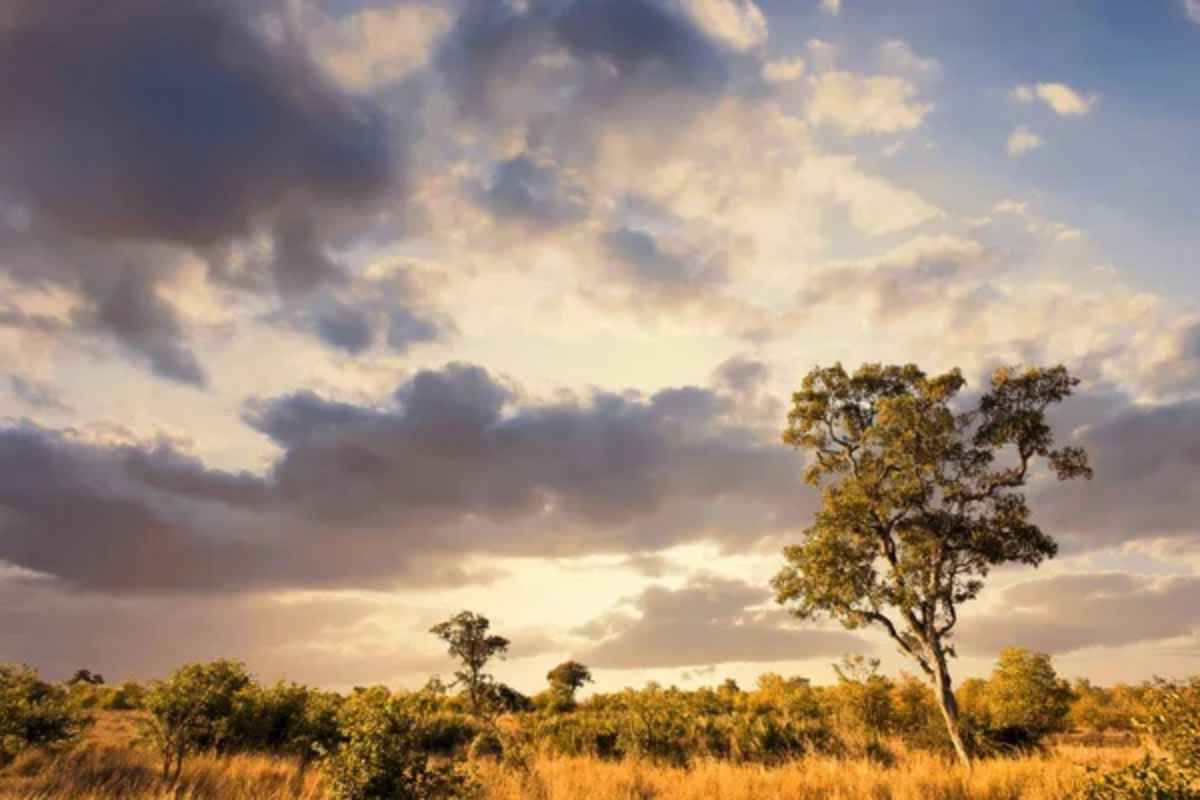
South Africa’s premier wildlife destination combines excellent infrastructure with authentic wilderness, making it perfect for first-time safari-goers. Established in 1898, this conservation pioneer spans nearly 7,500 square miles—roughly the size of Wales.
Self-drive options allow visitors to explore independently on well-maintained roads, while guided game drives provide expert insights into animal behavior and ecology. The park hosts over 500 bird species alongside 147 mammal species, including healthy populations of all Big Five animals distributed across six distinct ecosystems.
Chobe National Park, Botswana
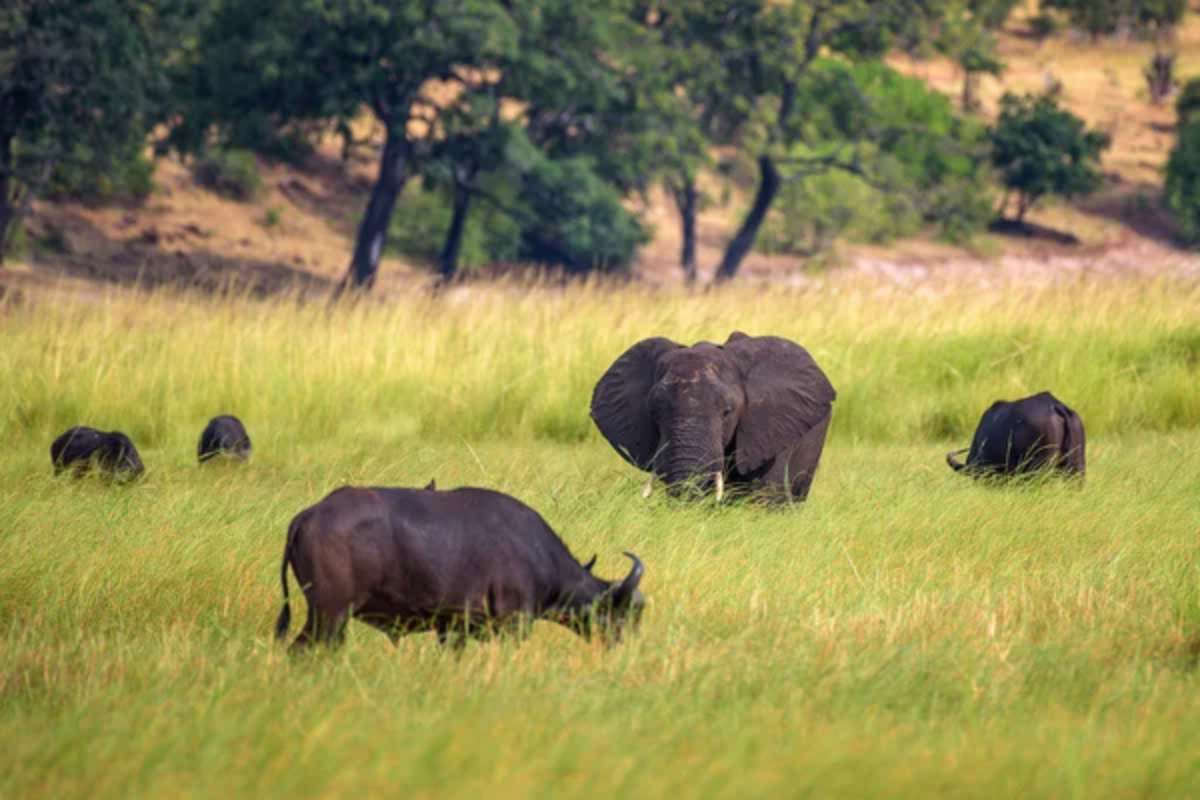
Botswana’s first national park centers around the mighty Chobe River, creating a wildlife haven particularly famous for its elephant population—the largest concentration in Africa with over 120,000 individuals. During the dry season (May-October), these massive herds gather along the riverbanks, creating spectacular viewing opportunities both from vehicles and boats.
Water-based safaris offer a refreshing alternative to traditional game drives, allowing close observation of hippos, crocodiles, and water birds alongside elephants that swim between islands with only their trunks visible above water.
Etosha National Park, Namibia
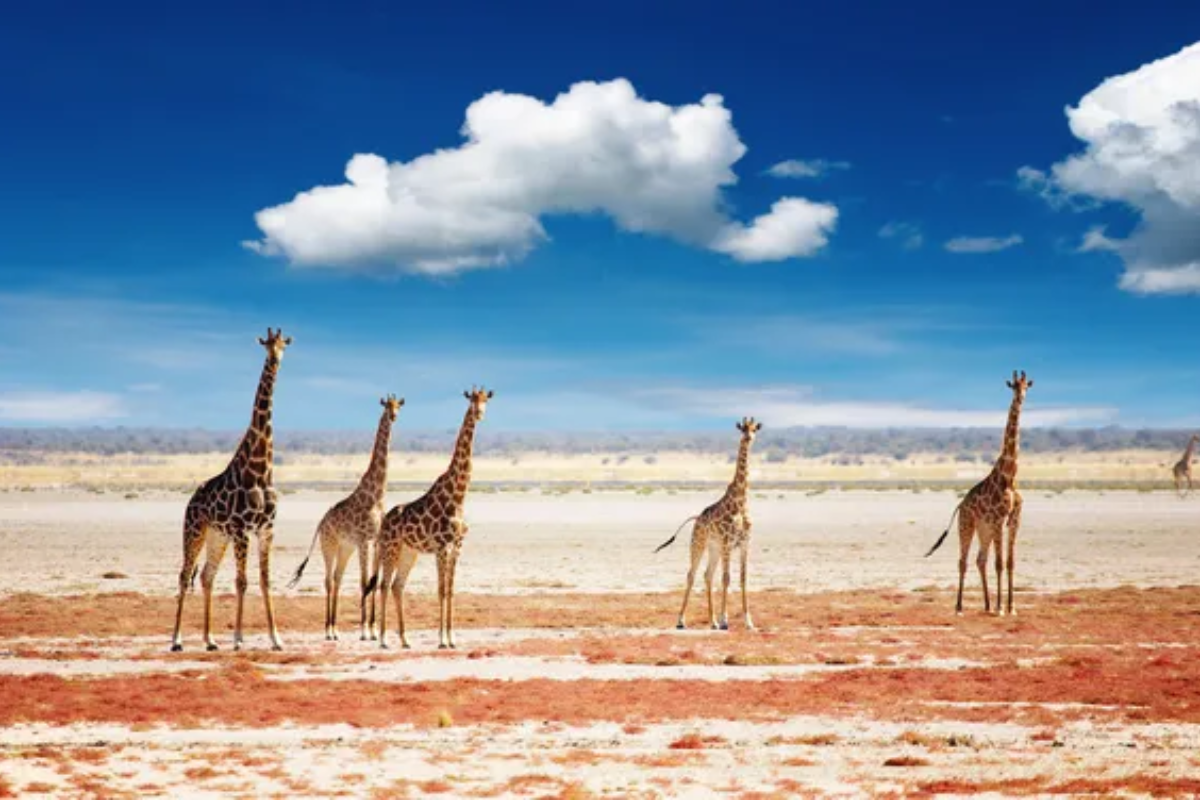
This distinctive park in northern Namibia features a massive salt pan visible from space, covering roughly 25% of the park’s area. During the dry season, animals congregate around artificially maintained water pools, creating natural theaters where dramatic predator-prey interactions unfold before patient observers.
The park’s arid environment and sparse vegetation make wildlife spotting particularly straightforward, ideal for photography enthusiasts and first-time safari-goers. Floodlit water pools at main camps allow continued wildlife viewing after sunset when elusive nocturnal species emerge.
Like Travel Pug’s content? Follow us on MSN.
South Luangwa National Park, Zambia

Often called the birthplace of walking safaris, this park offers an intimate wildlife experience beyond traditional vehicle-based game drives. The Luangwa River creates a wildlife-rich corridor through the park, with oxbow lagoons attracting dense animal concentrations during the dry season.
The park houses approximately 60 mammal species and over 400 bird species, with particularly strong leopard populations that have adapted to hunting during daylight hours. Night drives permitted here reveal rarely seen nocturnal creatures like genets, civets, and bush babies alongside hunting predators.
Okavango Delta, Botswana
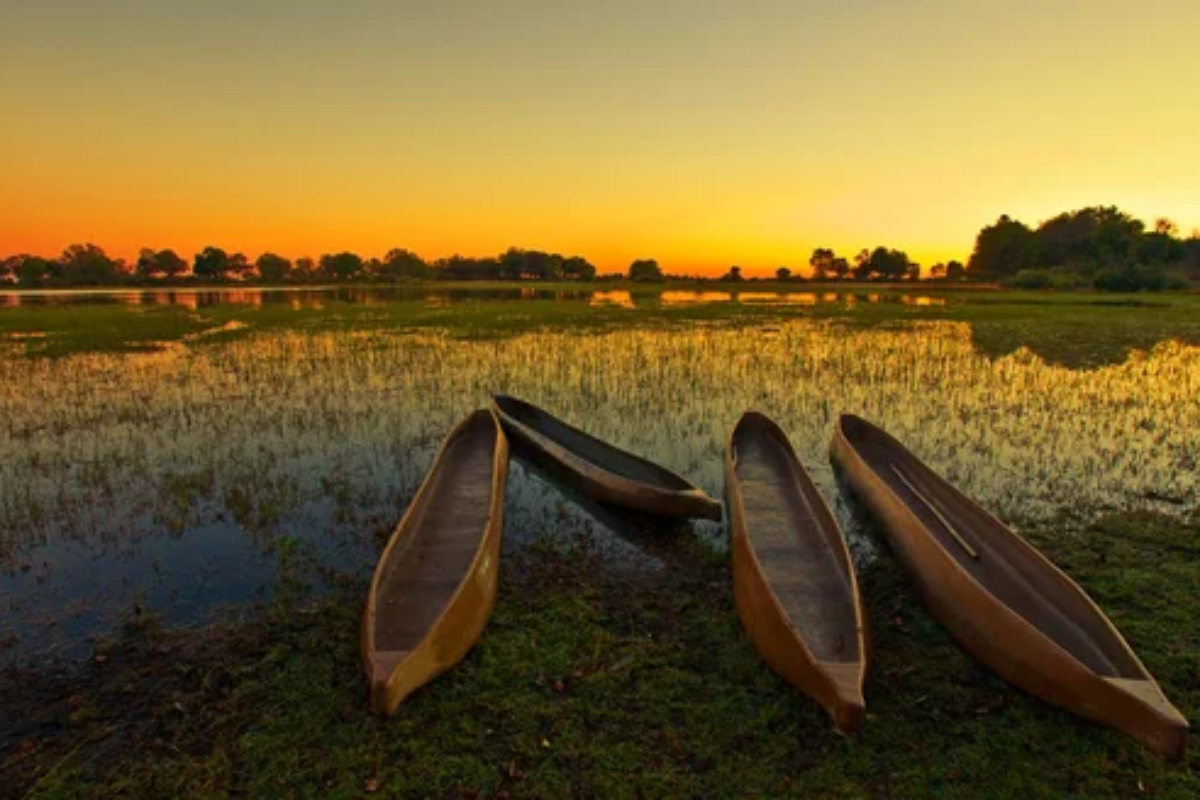
This unique inland delta forms when seasonal floodwaters from Angola flow into Botswana’s Kalahari Desert, creating a wildlife paradise of islands, channels, and floodplains. Traditional mokoro (dugout canoe) safaris offer silent approaches to wildlife, while motorboat excursions access deeper channels where hippos and crocodiles reside.
The delta’s isolation has protected species threatened elsewhere, with healthy populations of endangered wild dogs and cheetahs alongside elephants, buffalo, and numerous antelope species adapted to this wetland environment.
Ngorongoro Crater, Tanzania
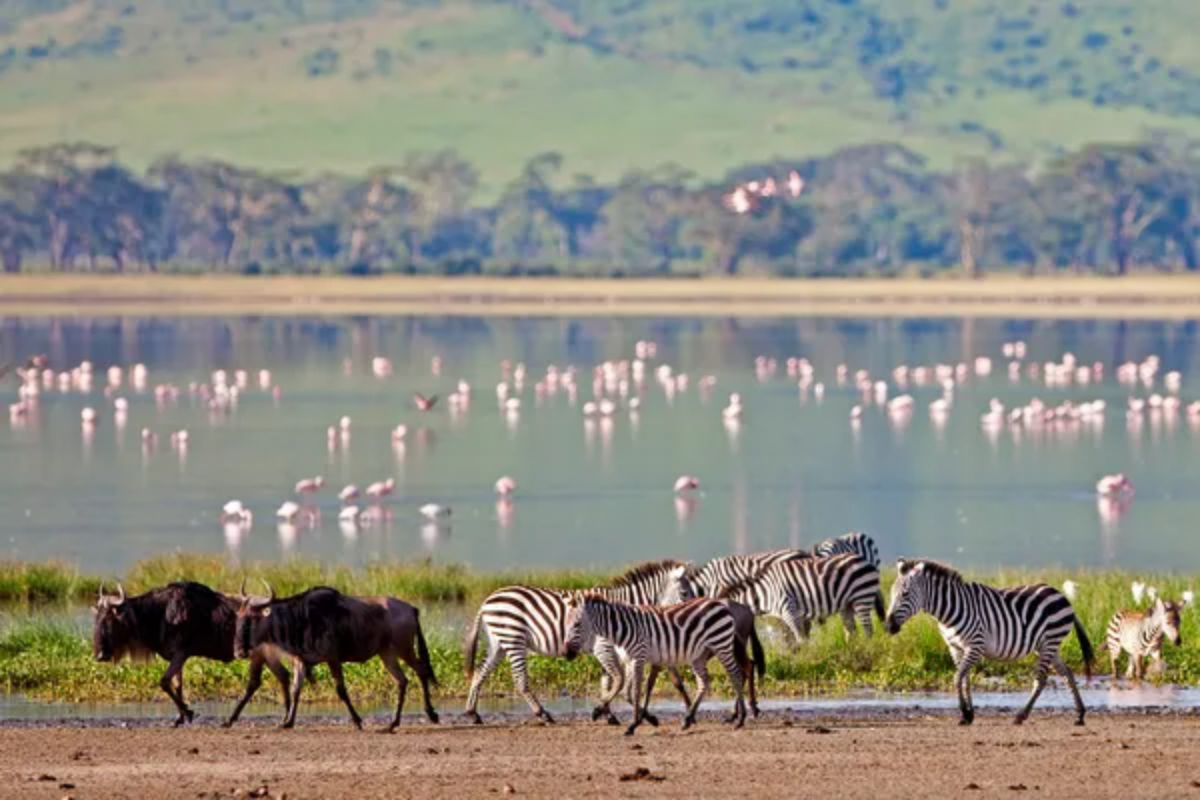
This collapsed volcanic caldera forms a natural enclosure approximately 100 square miles in area with walls rising to 2,000 feet from the crater floor. This geographical feature creates essentially a natural wildlife sanctuary holding approximately 25,000 large animals, including rare black rhinos, lions, and huge tusker elephants.
The relatively small area means visitors typically encounter multiple species during even brief visits—perfect for those with limited time. The crater’s photogenic landscape combines wildlife with spectacular scenery, including a central soda lake, often pink with thousands of flamingos.
Like Travel Pug’s content? Follow us on MSN.
Amboseli National Park, Kenya
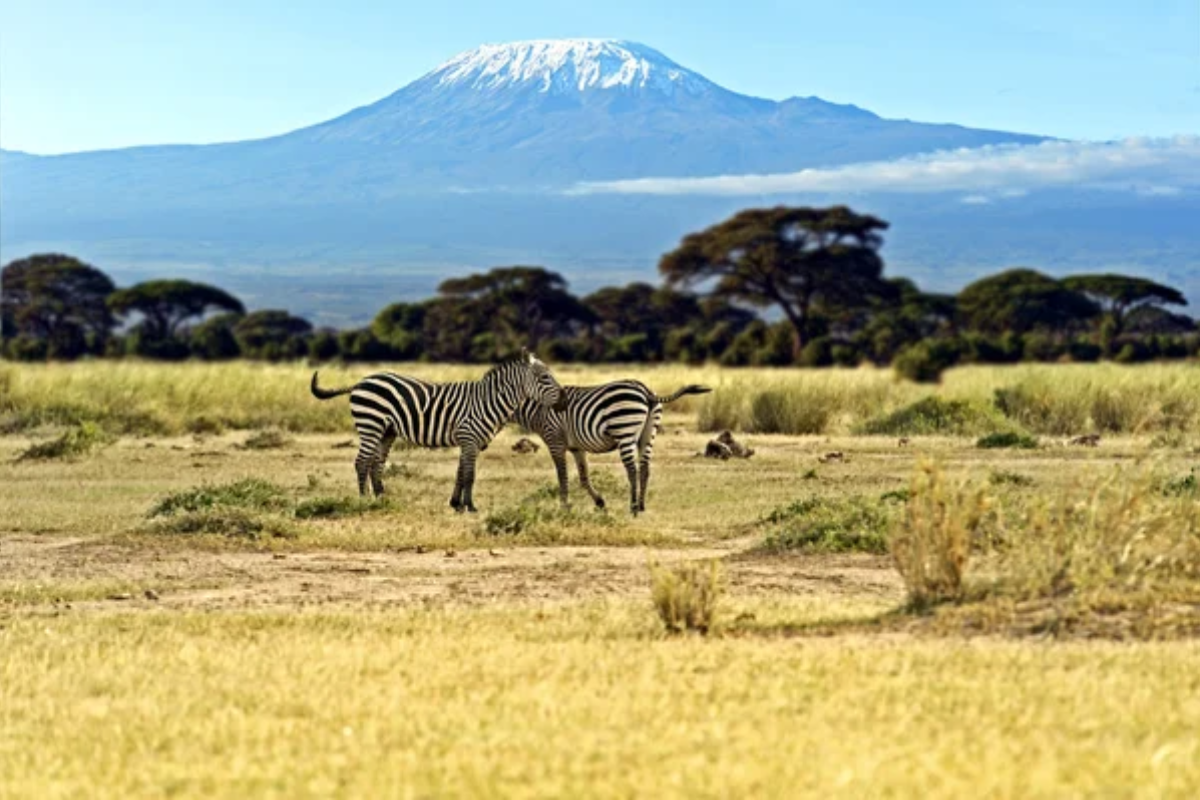
While smaller than many African parks at just 151 square miles, Amboseli offers perhaps the continent’s most iconic views—elephants wandering across open plains with snow-capped Mount Kilimanjaro rising majestically in the background. Large elephant herds feature among the most studied populations in Africa, with individuals known and monitored for decades by researchers.
The park’s varied habitats include dried-up lake beds, wetlands, savanna, and woodland supporting diverse wildlife beyond its famous elephants, including lions, cheetahs, and over 400 bird species.
Bwindi Impenetrable National Park, Uganda
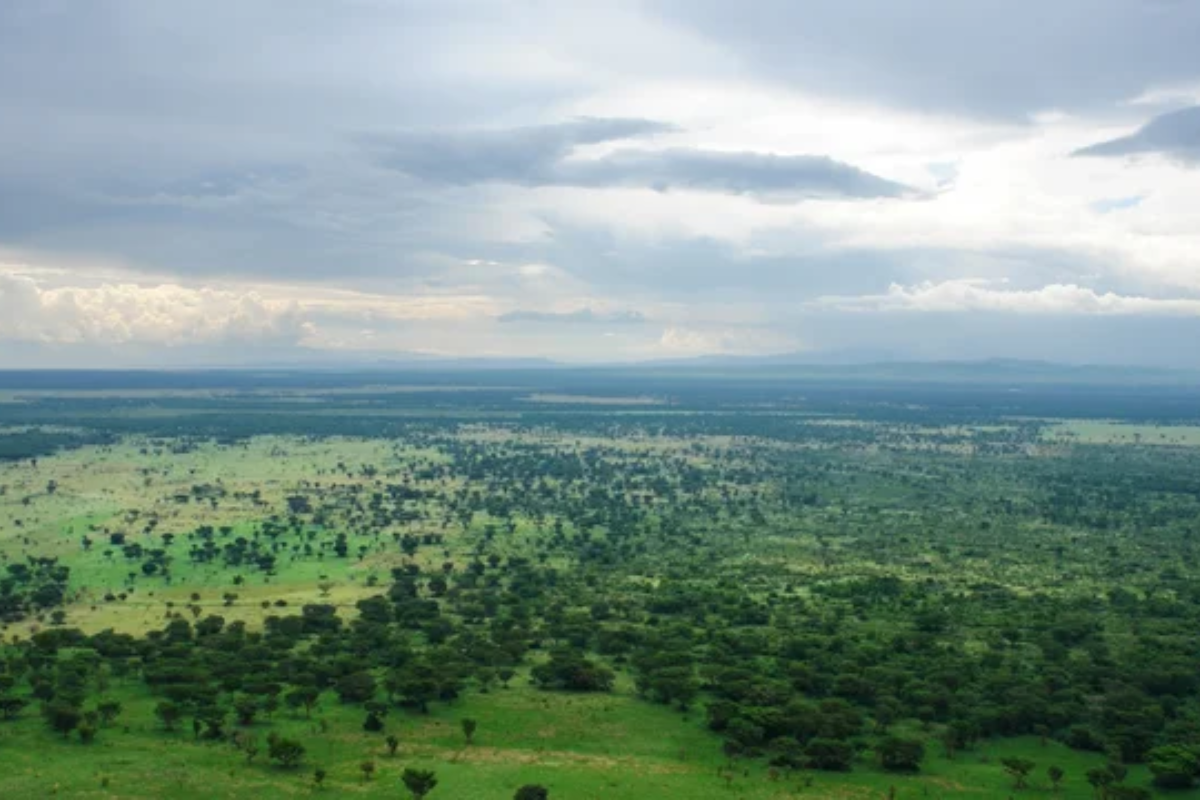
This misty mountain forest harbors approximately half the world’s remaining mountain gorillas—our majestic endangered relatives sharing over 98% of human DNA. Guided treks through dense vegetation eventually bring visitors face-to-face with habituated gorilla families in truly life-changing encounters.
Though permits are costly (currently $700 per person), the experience of observing these intelligent creatures interact, play, and care for their young justifies the expense for most visitors. Beyond gorillas, the park protects remarkable biodiversity, including forest elephants, giant forest hogs, and numerous primate species.
Lower Zambezi National Park, Zambia
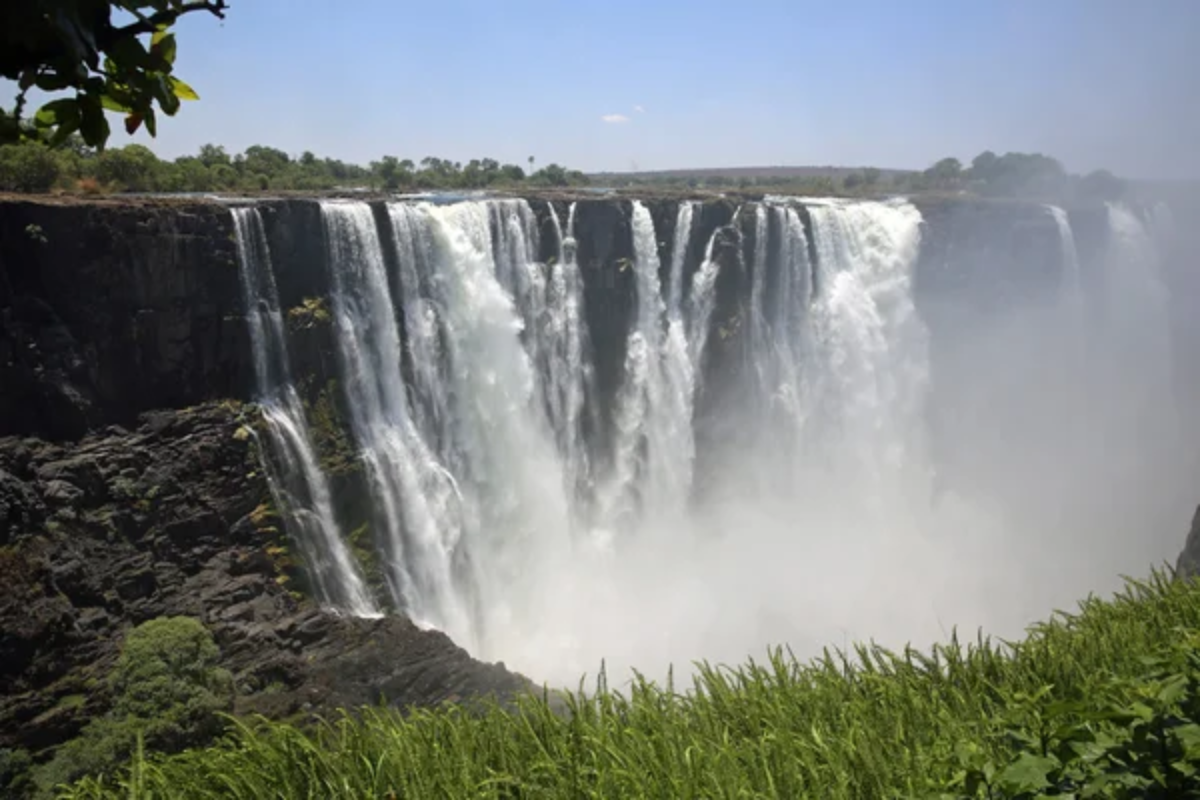
Relatively undeveloped compared to more famous parks, Lower Zambezi offers authentic wilderness experiences along the mighty Zambezi River opposite Zimbabwe’s Mana Pools. Activities beyond traditional game drives include canoe safaris, walking safaris, and catch-and-release fishing for the legendary tiger fish.
The park’s dramatic setting features the Zambezi River flowing beneath an escarpment, creating diverse habitats from riverside forests to inland woodland. Elephants frequently swim between islands while massive crocodiles sun themselves on sandbanks—all viewable from water-based safaris.
Like Travel Pug’s content? Follow us on MSN.
Queen Elizabeth National Park, Uganda
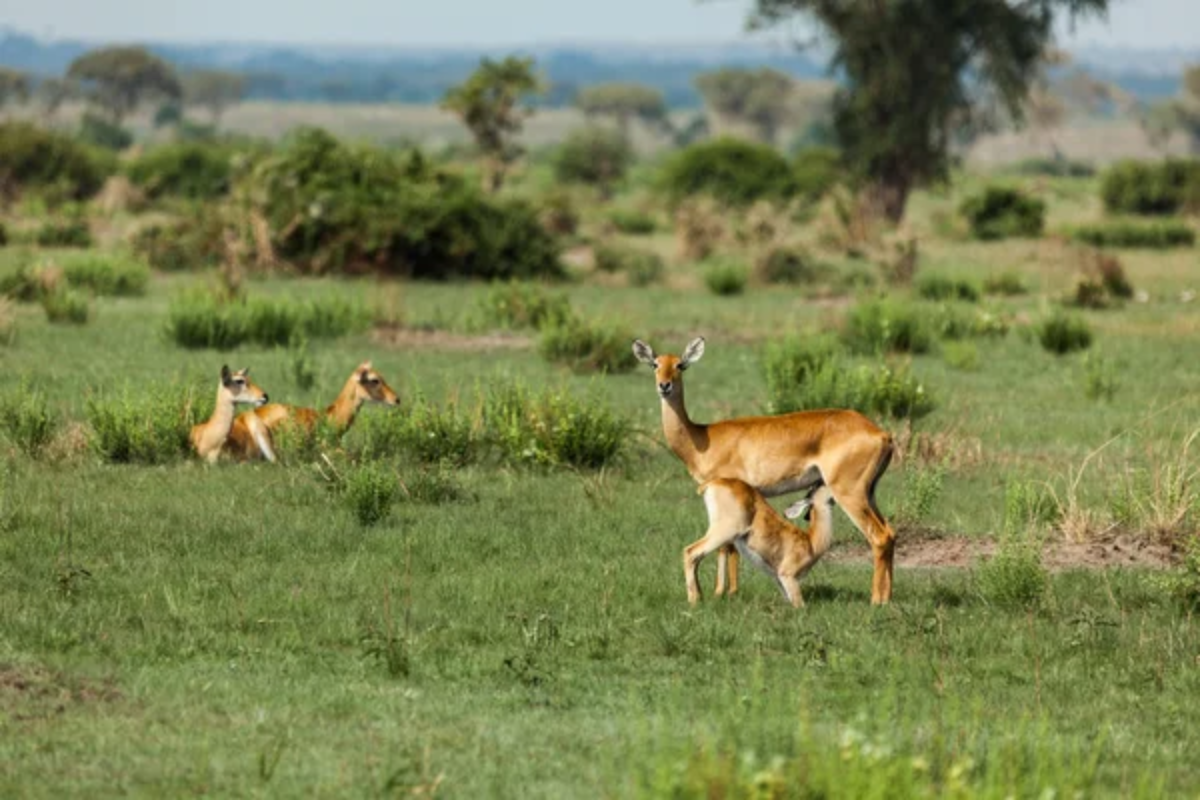
Straddling the equator in western Uganda, this biodiverse park contains almost 100 mammal species and over 600 bird species within varied habitats. The park’s Kazinga Channel connecting Lakes Edward and George attracts enormous concentrations of hippos and elephants, perfectly viewed during boat cruises.
The remote Ishasha sector houses the famous tree-climbing lions that drape themselves across fig tree branches during hot afternoons—a behavior rarely seen elsewhere in Africa. The park’s proximity to gorilla trekking in nearby Bwindi makes it an excellent combination for visitors seeking diverse wildlife experiences.
Hwange National Park, Zimbabwe

Zimbabwe’s largest park maintains extraordinary elephant populations alongside other classic safari species across its 5,700 square miles. During the dry season, artificially pumped water pools attract wildlife concentrations, offering exceptional viewing from concealed blinds and platforms.
The park features relatively few visitors compared to equivalently wildlife-rich areas elsewhere in Africa, creating a more exclusive safari experience. Zimbabwe’s renowned guide training program produces exceptional safari leaders who enhance visits with their extraordinary knowledge of ecology, animal behavior, and tracking skills.
Selous Game Reserve, Tanzania
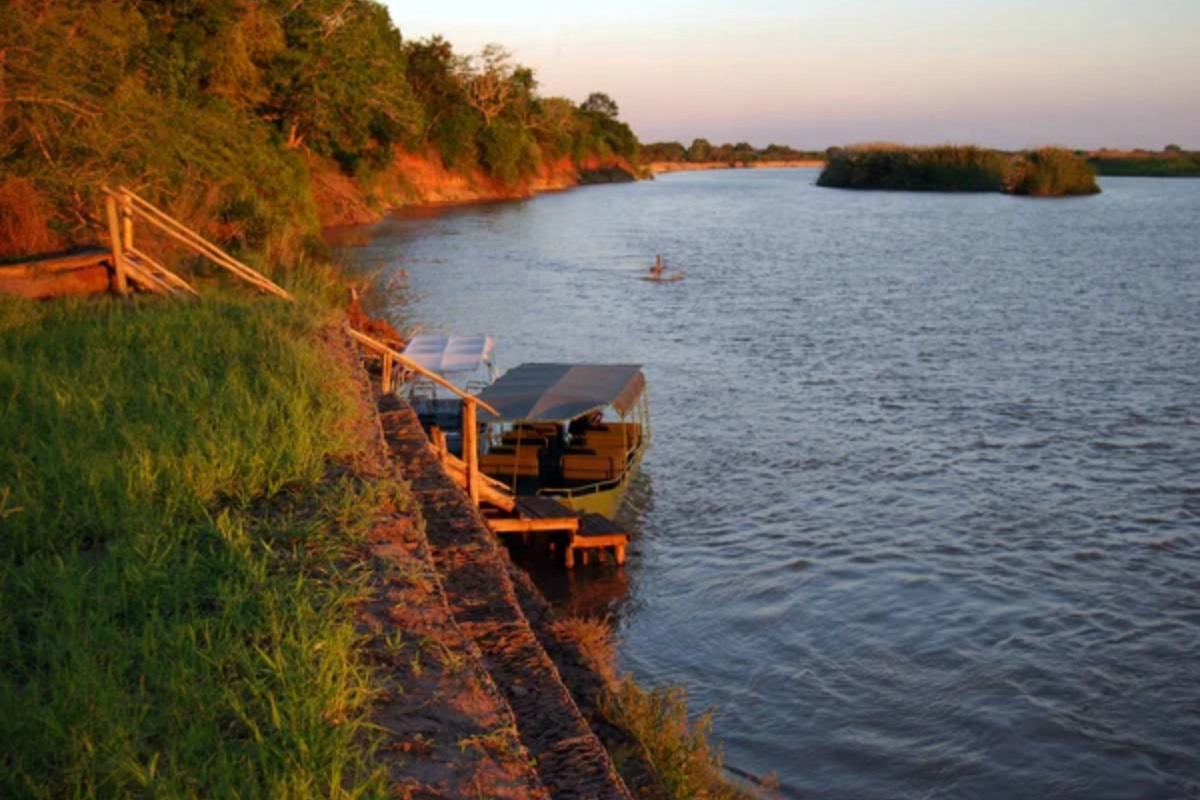
Recently renamed Nyerere National Park, this massive protected area covers over 19,000 square miles—larger than Switzerland—making it Africa’s largest game reserve. The mighty Rufiji River flows through the reserve, creating a wildlife corridor with particularly strong populations of elephants, hippos, crocodiles, and wild dogs.
Boat safaris offer distinctive perspectives on wildlife while walking safaris provide adrenaline-pumping close encounters guided by armed rangers. Despite its biodiversity and size, the reserve receives relatively few visitors compared to northern Tanzania’s more famous safari circuits.
Like Travel Pug’s content? Follow us on MSN.
Volcanoes National Park, Rwanda
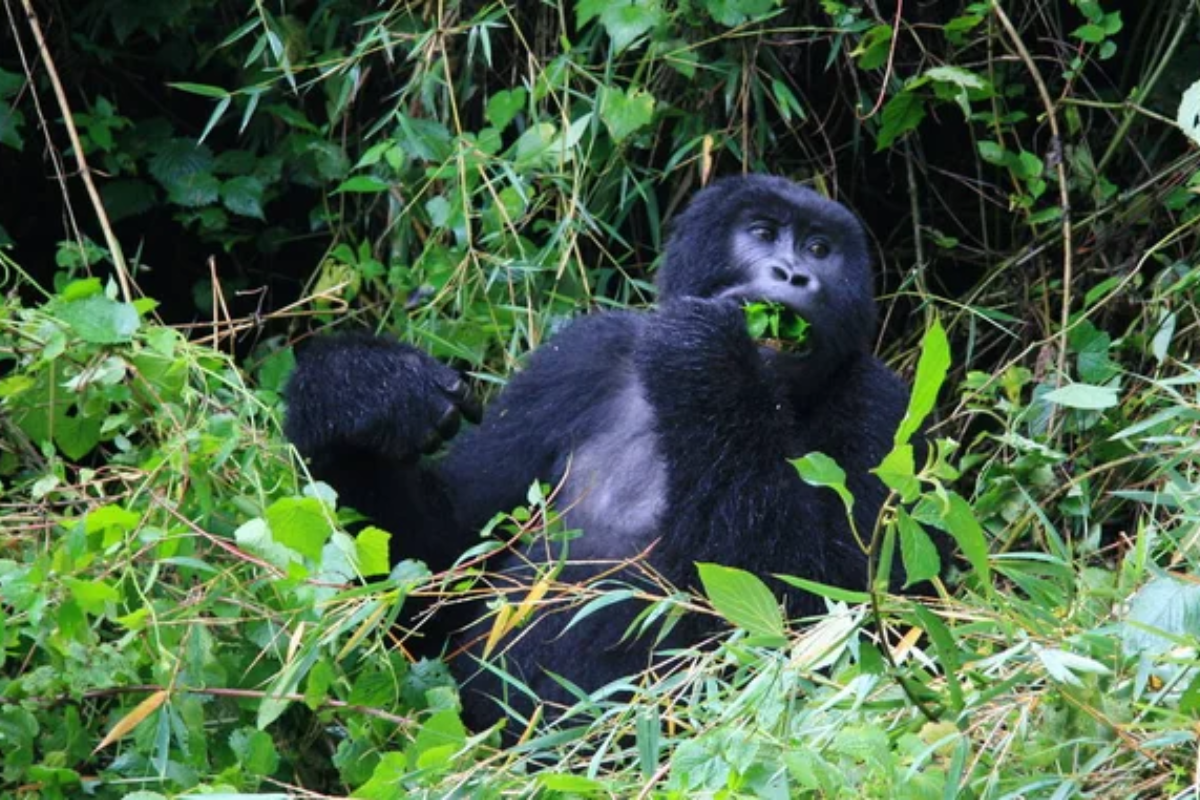
Set among the bamboo forests of Rwanda’s Virunga Mountains, this park protects the habitat of endangered mountain gorillas made famous by Dian Fossey’s research and the film “Gorillas in the Mist.” Gorilla trekking here generally involves shorter, less strenuous hikes than in neighboring Uganda while maintaining the same profound encounter experience.
Beyond gorillas, the park houses golden monkeys—playful primates that leap acrobatically through bamboo forests during specialized treks offered at lower permit costs than gorilla experiences. The country’s remarkable recovery from its tragic history adds another dimension to visits here.
Wildlife Wonders Await
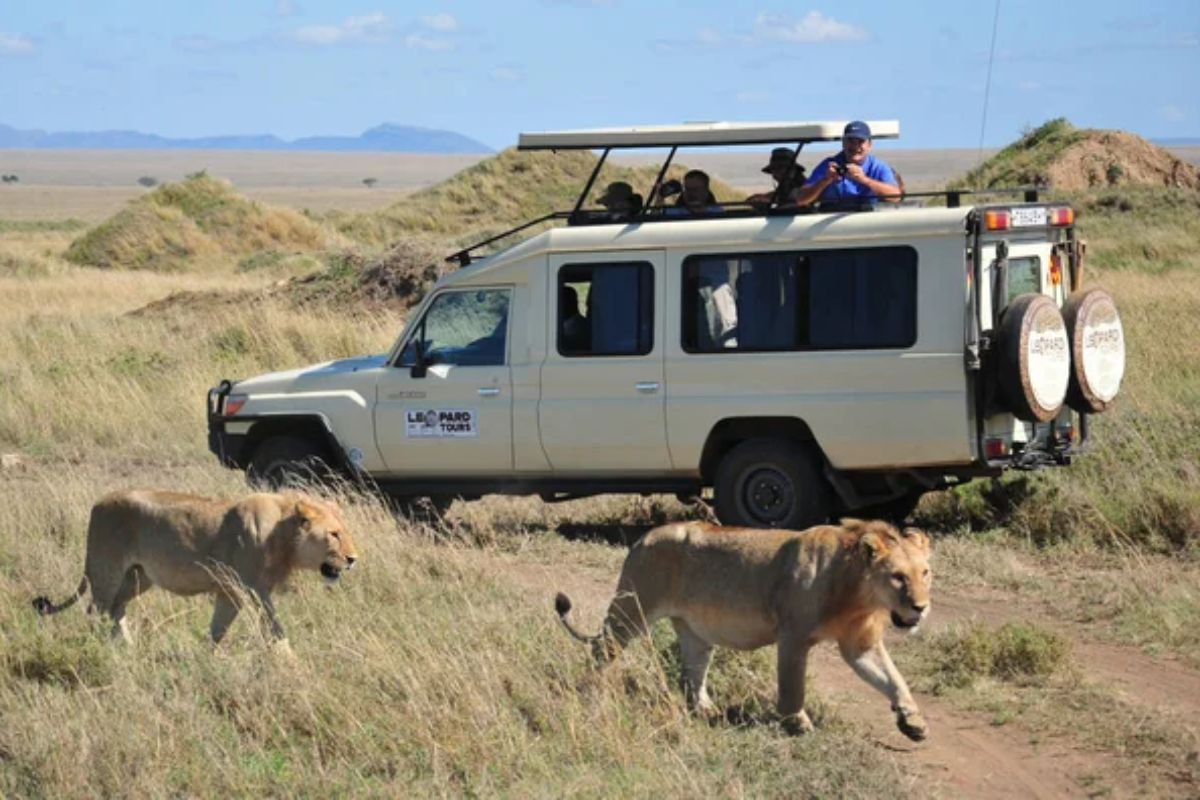
From the endless plains of the Serengeti to the misty mountains of gorilla habitat, Africa’s safari destinations offer first-time visitors extraordinary encounters with wildlife in landscapes of breathtaking beauty. Each location provides its unique ecosystem, specialized species, and particular magic—whether watching elephants bathe at sunset or witnessing a lion pride coordinate a hunt.
These protected wilderness areas represent conservation triumphs where wildlife thrives despite mounting pressures elsewhere across the continent. Your first safari journey might begin with one destination but rarely ends there—most visitors return repeatedly, drawn back by Africa’s irresistible wild spirit.
More from Travel Pug

- Cities Growing so Fast You Won’t Recognize Them in 10 Years
- 13 Destinations Where Tourists Regularly Regret Their Trip
- 16 U.S. Cities That Are Quietly Becoming Travel Hotspots
- Where to Travel If You Love Long Bus Rides and Daydreams
- 20 Cities Perfect for Solo Travelers Who Crave Adventure & Culture
Like Travel Pug’s content? Follow us on MSN.
